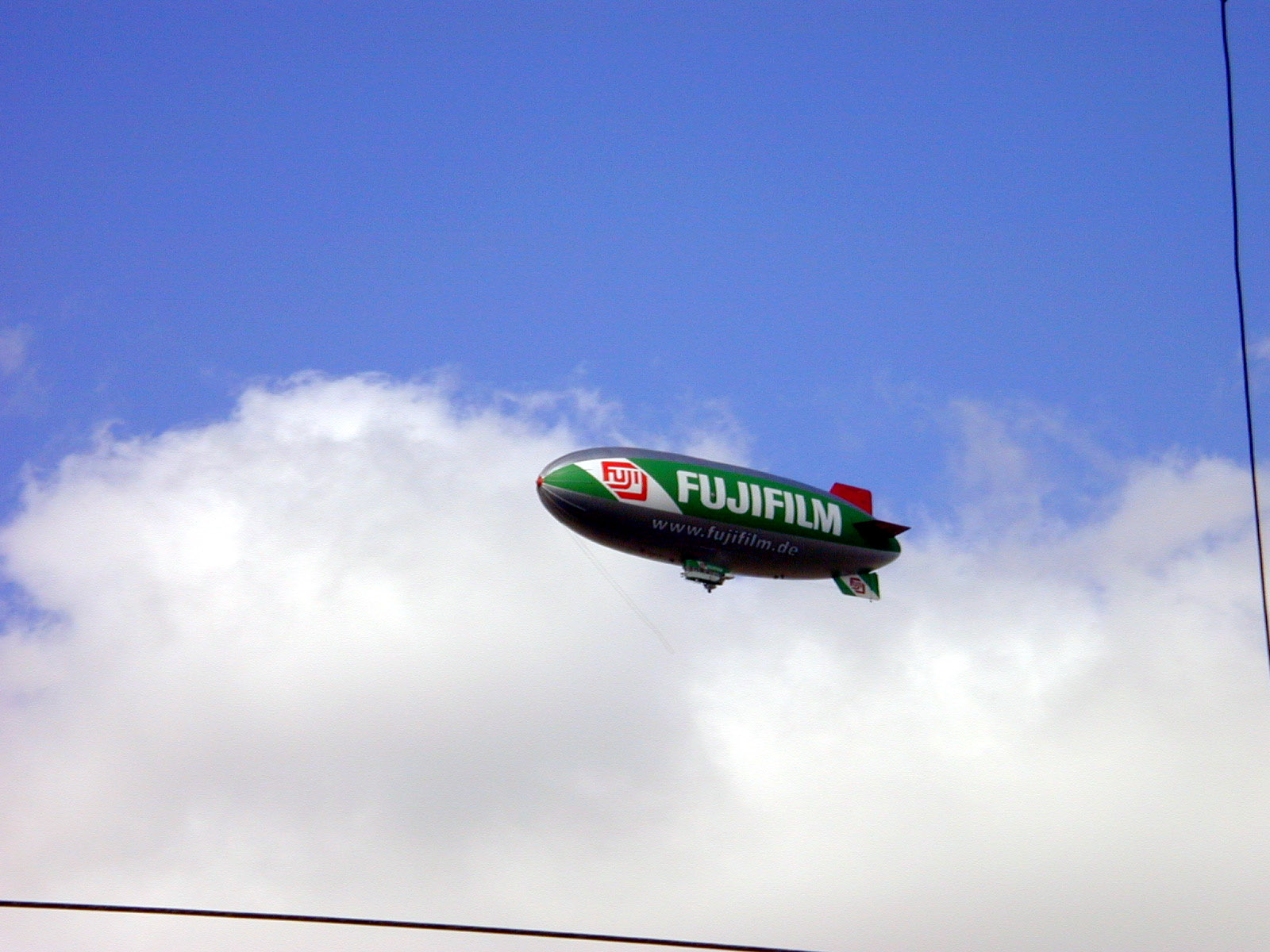The Evolution Of Hot Cross Buns Through The Centuries

The Evolution Of Hot Cross Buns Through The Centuries
1. Origins and Early History
a. Ancient Roots
Origins and Early History

a. Ancient Roots in language English.
b. Religious Symbolism
The origins of hot cross buns can be traced back to the traditional Anglo-Saxon pagan festival of Eostre, which celebrated the arrival of spring and the fertility of the earth. During the competition, people would bake small, round desserts marked with a cross, which represented the sun and the goddess Eostre.
The hot cross bun grew to become a logo of Christianity after the conversion of the Anglo-Saxons to Christianity within the 7th century. The cross on the bun was stated to characterize the crucifixion of Jesus Christ, and the spices used within the bun have been stated to characterize the spices used to embalm Christ’s physique.
2. Medieval and Renaissance Era
a. Monastic Production
Medieval and Renaissance Era
a. Monastic Production
During the Medieval and Renaissance durations, monasteries performed a major function in the manufacturing and consumption of hot cross buns. Their economic power, agricultural assets, and skilled labor made them well-positioned to produce high-quality baked items.
Monks and nuns cultivated their very own wheat, spices, and other elements. The surplus from these harvests supplied the raw supplies for bread-making. Monastic bakeries were usually equipped with superior ovens and expert bakers who honed their craft by way of extensive follow.
The religious significance of hot cross buns enriched their attract. The cross-shaped incisions have been believed to symbolize the crucifixion of Jesus Christ. Monks distributed these buns during non secular festivals and gave them to pilgrims as a gesture of hospitality.
The monasteries’ involvement in hot cross bun manufacturing had a profound influence on the event of the baked good. Their standardization of elements and techniques ensured consistency and high quality. Moreover, their distribution networks spread the recognition of hot cross buns all through Europe.
b. Guild Regulations
2. Medieval and Renaissance Era
b. Guild Regulations
Guilds played a big position in regulating the production and sale of hot cross buns through the Medieval and Renaissance eras. Bakers have been required to follow strict guild laws to ensure the quality and consistency of their merchandise.
These regulations covered various aspects of bun production, together with:
– The measurement and shape of the buns
– The elements used
– The baking process
– The sale and distribution of the buns
By enforcing these regulations, guilds maintained high requirements of high quality and prevented unfair competitors among bakers.
One notable regulation launched in the course of the 14th century was the prohibition on baking hot cross buns outside the Easter season. This rule aimed to protect the sacred symbolism of the buns and forestall their commercial exploitation.
Guild regulations additionally played a role in protecting bakers’ livelihoods. By controlling the production and sale of hot cross buns, guilds prevented extreme competition and ensured that bakers might earn a fair dwelling.
Overall, guild rules performed a vital position in shaping the production and consumption of hot cross buns through the Medieval and Renaissance eras. These laws contributed to maintaining the buns’ quality and spiritual significance, whereas also protecting the interests of bakers.
3. Modern Era
a. Industrialization
3. Modern Era
a. Industrialization
- Mass production techniques revolutionized baking.
- Ovens turned more environment friendly and will handle bigger batches.
- Hot cross buns grew to become widely obtainable and reasonably priced.
- Factories added new elements, corresponding to sultanas and raisins.
- The traditional cross was often replaced with a simple indentation or a plastic cross-shaped insert.
- Industrialization led to a decline within the handmade side of hot cross bun manufacturing.
- However, the symbolic significance of the bun remained robust.
b. Commercialization
3. Modern Era
b. Commercialization
With the appearance of mass production within the nineteenth century, hot cross buns grew to become increasingly commercialized. Bakeries started to produce buns on a big scale, using factory-made elements and automatic machines. This led to a decrease within the quality of the buns, as they had been typically made with cheaper ingredients and less care.
Despite the decline in high quality, commercialized hot cross buns turned broadly obtainable and reasonably priced. They had been offered in grocery shops, supermarkets, and different shops, making them accessible to a wider viewers. This led to a surge in the popularity of hot cross buns, and they turned a staple of the Easter season for many families.
Today, hot cross buns are still widely commercialized. They are available in quite a lot of shapes and sizes, and they are often made with different components and flavors. Some industrial hot cross buns are even filled with jam or chocolate. While the standard of business hot cross buns can range, they remain a preferred and convenient way to take pleasure in this traditional Easter deal with.
4. Variations and Adaptations Around the World
a. Regional Recipes
4. Variations and Adaptations Around the World
a. Regional Recipes
- England: Traditional hot cross bun with a simple cross design and a combination of spices including cinnamon, nutmeg, and cloves.
- Scotland: “Glasgow buns” are just like traditional hot cross buns however often full of blended dried fruit and topped with a white icing.
- Ireland: Irish hot cross buns are typically bigger than conventional buns and sometimes comprise currants and raisins.
- Wales: “Bara Pasg” (Welsh Easter bread) is a candy, yeast-leavened bread flavored with spices and dried fruit, often made with a cross design.
- Italy: “Panettone del Buon Gesù” is a tall, cylindrical cake-like bread filled with candied fruit and coated with a white icing and a cross design.
- Germany: “Osterbrot” (German Easter bread) is a candy, braided bread studded with almonds and dried fruit.
- Poland: “Babka wielkanocna” is a tall, cylindrical bread made with saffron and topped with a white icing and a cross design.
- Mexico: “Hot Cross Torrijas” are a Mexican tackle hot cross buns, made with candy bread soaked in milk, cinnamon, and sugar, and infrequently served with a cross design.
- Jamaica: Jamaican hot cross buns are much like traditional buns however often include rum, nutmeg, and coconut.
- South Africa: “Malva pudding” is a candy, sticky dessert made with hot cross bun-like bread, served with a heat custard sauce.
b. Cultural Customs
Cultural Customs
Hot cross buns maintain cultural significance in various areas worldwide, where they’re included into local traditions and customs.
United Kingdom: Good Friday
In the United Kingdom, hot cross buns are traditionally consumed on Good Friday, commemorating the crucifixion and resurrection of Jesus Christ. The cross form represents the cross on which Jesus was crucified, and the spices symbolize the spices used to embalm his physique.
Poland: Swie̜conka
In Poland, hot cross buns known as Swie̜conka are blessed in church buildings on Easter Sunday. These buns are often decorated with intricate icing, dyed eggs, and sprigs of boxwood, representing new life and fertility.
Greece: Tsoureki
In Greece, hot cross buns often recognized as Tsoureki are a central part of Easter celebrations. They are typically sweetened with honey and flavored with mastic, a resin with a singular aroma and taste.
Germany: Hefekranz
In Germany, hot cross buns referred to as Hefekranz are braided right into a wreath shape. They are well-liked in the course of the Easter season and are often filled with raisins or nuts.
Netherlands: Kruisbrood
In the Netherlands, hot cross buns known as Kruisbrood are sometimes consumed on Good Friday. They are recognized for their candy, slightly sticky texture and are often full of currants or raisins.
Italy: Torta Pasqualina
In Italy, a similar pastry known as Torta Pasqualina is ready for Easter. It is a savory pie filled with spinach, ricotta cheese, and eggs, topped with a lattice crust that resembles a cross.
5. Symbolism and Cultural Significance Today
a. Easter Celebrations
Easter, a pageant of hope and renewal, holds profound cultural significance, and its symbols continue to resonate with people today.
Cross-Shaped Buns: The iconic Hot Cross Buns, with their distinctive cross shape, symbolize the crucifix upon which Jesus was crucified. They characterize the triumph of life over death and the sacrifice made for the redemption of humanity.
Eggs: Easter eggs, often intricately embellished, are a logo of fertility and new life. They are associated with the assumption in the resurrection of Jesus and the hope for eternal life.
Lamb: The lamb, featured in many Easter traditions, represents purity, sacrifice, and the triumph of excellent over evil. The Lamb of God, often symbolized by a lamb-shaped cake or figurine, signifies the atoning sacrifice of Jesus and the promise of redemption.
Rabbits: The Easter Bunny is a symbol of fertility and new beginnings. It is commonly related to the pagan celebrations of spring and the arrival of new life.
Chocolate: Chocolate eggs and bunnies have turn out to be well-liked Easter treats, representing sweetness, pleasure, and the hope associated with the vacation.
These symbols intertwine to create a rich tapestry of cultural meanings that endure today, reminding us of the joy, hope, and triumph that lie at the heart of Easter.
b. Spring Equinox
5. Symbolism and Cultural Significance Today
b. Spring Equinox
– In modern occasions, the spring equinox continues to be associated with the rebirth and renewal of life.
– Many cultures rejoice the equinox with festivals and rituals that honor the changing of the seasons.
– In some traditions, hot cross buns are consumed on the spring equinox as a logo of the sun’s return and the promise of new beginnings.

Recent Posts
- How Potato Skins Impact Mashed Potato Density
- Potato Skin Benefits For Gut Health
- Why Gluten-Free Bread Is More Expensive
- The Role Of Salt In Skinned Mashed Potatoes
- Do Potato Skins Affect Mashed Potato Shelf Life?
- Why Gluten-Free Bread Dough Is Sticky And How To Handle It
- Do Potato Skins Change Mashed Potato Cooking Times?
- Do Potato Skins Impact Cooking Times For Mashing?
- Exploring Potato Skin-Based Food Trends
- How Gluten-Free Bread Benefits People With IBS
- Mashed Potatoes With Skins For Weight Management
- Do Potato Skins Change Cooking Water Flavor?
- Why Gluten-Free Bread Takes Longer To Bake
- Why Skinned Mashed Potatoes Taste Earthier
- Enhancing Mashed Potatoes With Seasonings And Skins
- The Science Behind Gluten-Free Bread